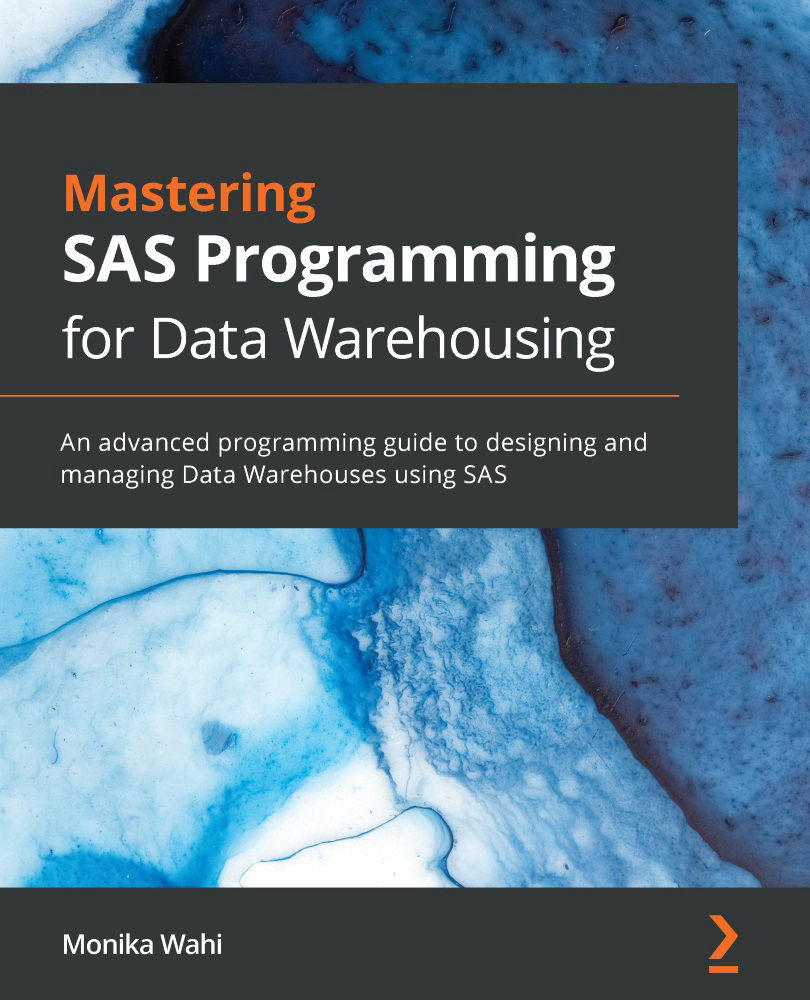Summary
This chapter reviewed the different policies and procedures that need to be set up in a SAS data warehouse to ensure proper management of ETL. First, we reviewed how to arrange storage in the SAS data warehouse, and how to link different storage levels with tasks performed by staff in different user groups. Next, we talked about the status of different datasets in the data warehouse, and how to set naming conventions for these datasets.
Third, we tackled the topic of SAS arrays, and reviewed how using arrays in ETL code can impact variable naming conventions, which we also discussed. Fourth, we covered naming conventions and style for code. Finally, we considered guidance for setting policies for SAS formats and labels. We also reviewed recommendations for implementing data transfers and other policies.
Although these topics are largely administrative, they do have technical components, especially with respect to storage allocation and naming conventions for various elements...


































































